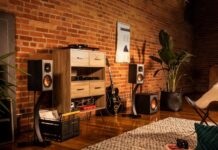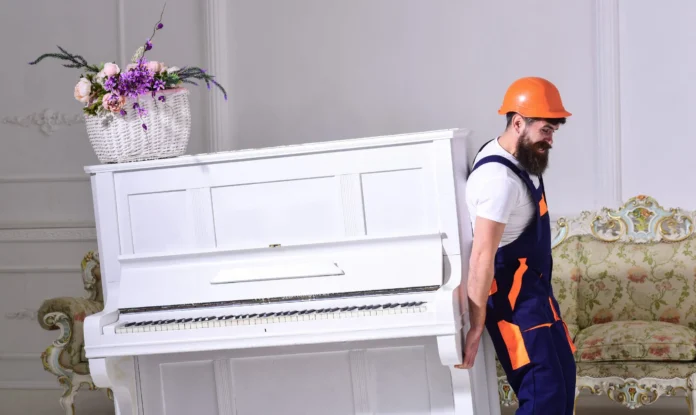
Relocating is a mammoth task, and when it involves shifting delicate items like pianos, the challenge becomes even more daunting. Pianos are not only heavy and awkward to move but also susceptible to damage from improper handling. This article provides some essential tips and techniques to master the art of piano moving and ensure a smooth transition.
Table of Contents
The Importance of Professional Help
Given the weight and value of pianos, many people are inclined to seek professional help. Hiring reputable piano movers is often the safest way to move pianos. If you’re exploring platforms to engage them, Shiply can be an excellent option. This platform connects you with an extensive network of piano movers who can ensure your piano safety.
Packing and Preparation: Step-By-Step Guide
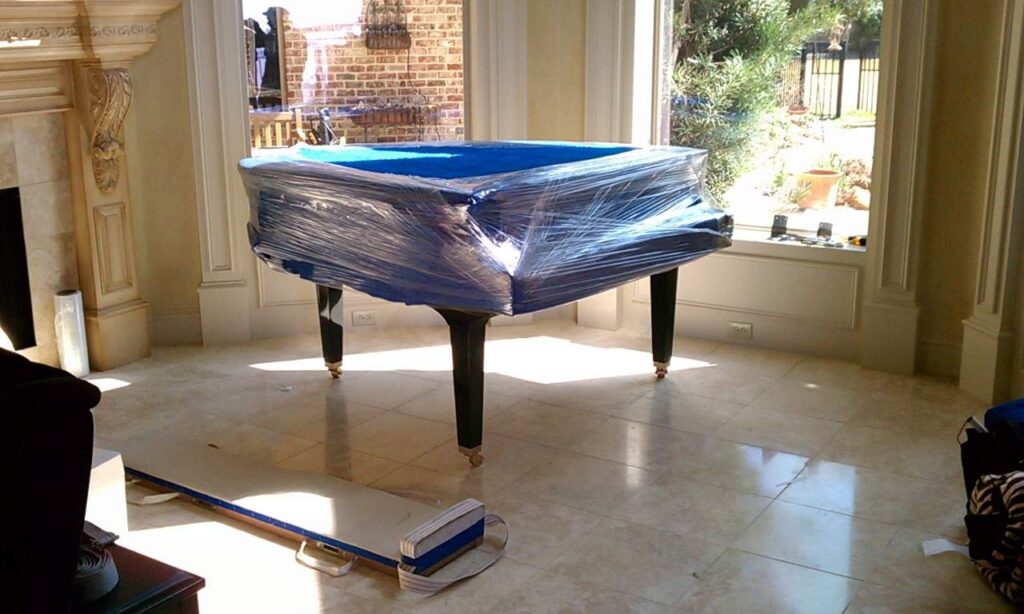
Once you’ve decided on your moving team, preparing your piano adequately for the move is crucial. Here are some steps to consider:
- Secure the Keyboard Lid: Ensure the lid is closed and locked to prevent damage to the keys. If the lid has no lock, secure it with a sturdy strap or stretch wrap.
- Wrap the Piano: Use thick blankets or special moving pads to wrap around the entire piano. Secure the wrapping with moving straps or tape, but avoid direct contact with the adhesive on the piano surface to prevent damage.
- Lift, Don’t Drag: Always lift the piano while moving it. Dragging can damage the legs or the bottom of the piano.
Navigating Through Stairs and Doorways
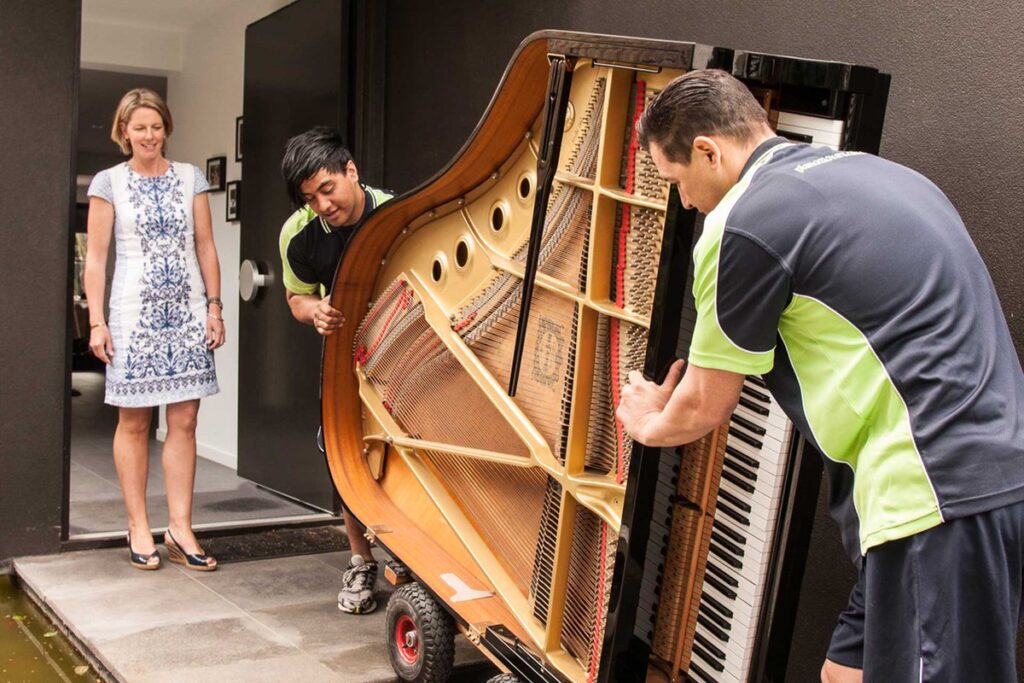
One of the most challenging parts of moving a piano is dealing with stairs and tight doorways. Professional piano movers often use special equipment like boards or dollies to help safely maneuver the piano. Planning the route in advance is essential, measuring all doorways and staircases to ensure the piano can pass through.
The After-Move Care
Once the piano has reached its destination, proper after-move care is vital to maintaining its condition and sound quality. Pianos are sensitive to changes in temperature and humidity, so the new location should be well-insulated and away from direct sunlight or heating vents. It’s also recommended to have the piano tuned by a professional once it has acclimated to its new environment.
Understanding the Anatomy of Your Piano
A piano is complex, and knowing its intricate parts can be crucial when preparing for a move. The keyboard, for instance, is a delicate area where each key is connected to a hammer inside the piano. The cast iron plate, also known as the piano’s ‘backbone,’ provides the strength to withstand the enormous tension of the strings. The soundboard amplifies the sound produced by the strings’ vibration. By understanding these delicate areas, you can ensure that they are appropriately protected during the move.
Risks Associated With DIY Piano Moving
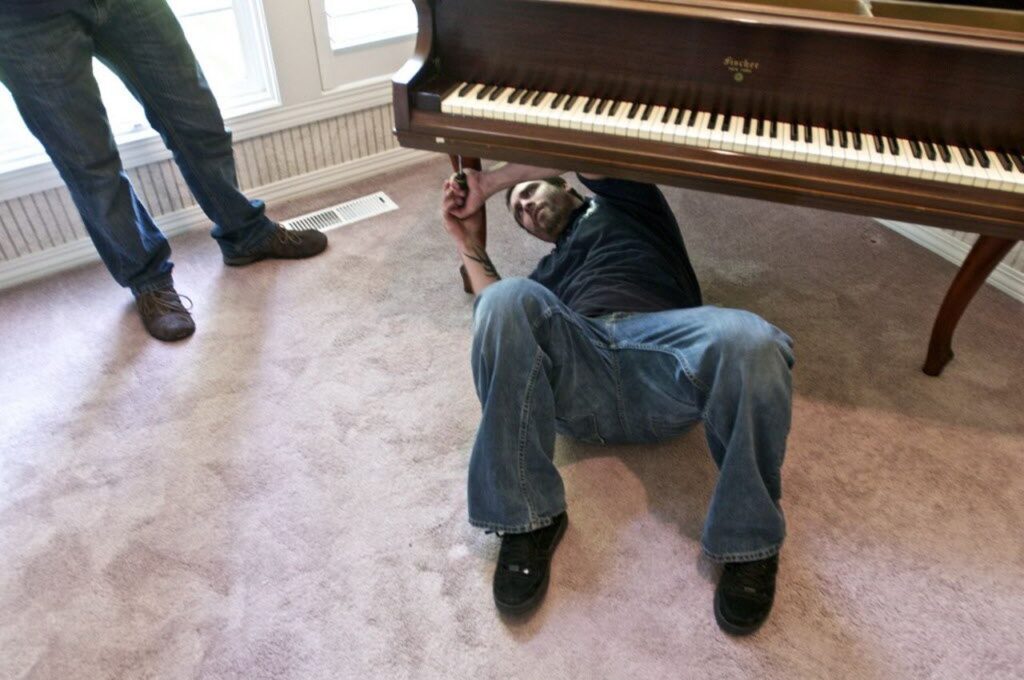
Though some might be tempted to save on costs by moving a piano themselves, this can often lead to severe risks. The instrument’s weight and size make it easier to maneuver with proper training, which can lead to injuries. Moreover, any damage to the piano, such as chipped wood or a busted leg, could cost much more than hiring professional piano movers.
Insurance Considerations
Insurance is another essential factor to consider when moving a piano. Professional piano movers usually offer insurance options to cover potential damages during the move. Discussing this with your chosen company and understanding the terms and conditions of the insurance coverage is essential.
The Role of Proper Equipment
Specialized moving equipment can make a world of difference in piano moving. Skid boards or piano boards are designed to move upright pianos, while piano dollies are perfect for grand pianos. Straps help secure the piano to the moving equipment, and padding protects it from bumps and scratches during the move.
Post-Move Inspection

A thorough post-move inspection is crucial to detect any potential damages caused during the move. This includes checking for scratches or dents on the surface, testing all keys to ensure none are stuck, and listening for any changes in the sound.
Re-Tuning Your Piano
Post-move, the piano will likely need re-tuning. The moving process can upset the delicate balance of strings and hammers inside the piano, affecting its sound quality. A professional tuner can remedy this and restore the instrument to its original tonal quality.
Moving a Piano: Not Just a Physical Endeavor
Moving a piano is not just a physically challenging task but also an emotional journey. The piano might be an heirloom piece, or hold sentimental value, making its safe relocation all the more crucial. It’s a process that demands patience, attention to detail, and respect for the instrument and the music it creates.
Conclusion

Relocating a piano is a symphony of moving parts, a series of careful and well-coordinated steps that lead to a flawless transition. Like many elements of a musical composition, every aspect of the move, from packing and handling to the post-move care, plays a significant role. This daunting task reqs physical strength and an understanding of the piano’s intricate anatomy and the nuances of moving.
However, with the proper preparation and the help of professional piano movers, you can turn this challenge into a well-orchestrated maneuver. Expert movers understand the unique requirements and potential risks involved in the process. They come equipped with specialized equipment, from piano boards to padding, to ensure the piano’s safety during the move. By entrusting this task to the professionals, you can ensure that your valuable instrument will be moved with the utmost care and precision.
In the grand scheme, mastering the art of piano moving is more than just ensuring a smooth transition for the instrument. It’s about preserving the music that the piano produces, the memories it holds, and the joy it brings into a home. So, as you prepare for this significant change, remember that when conducted correctly, the symphony of moving a piano promises a harmonious start in its new environment. Let this guide be your conductor, safely leading you and your piano to the next stage of your life’s symphony.


